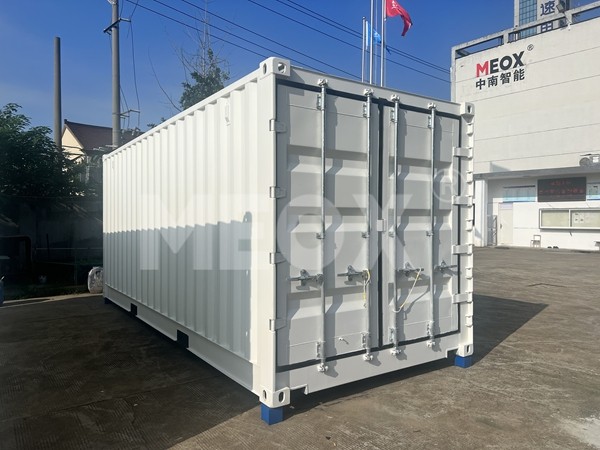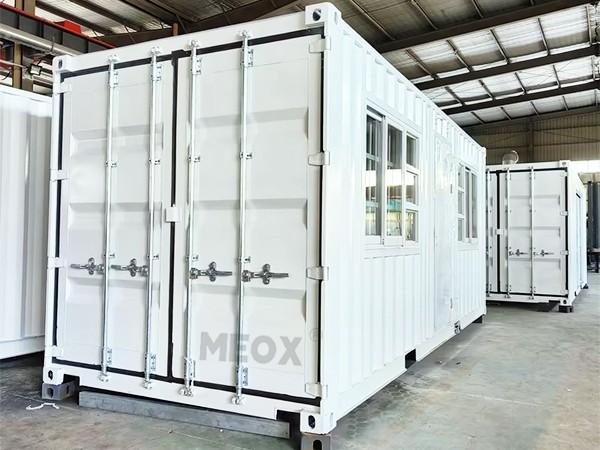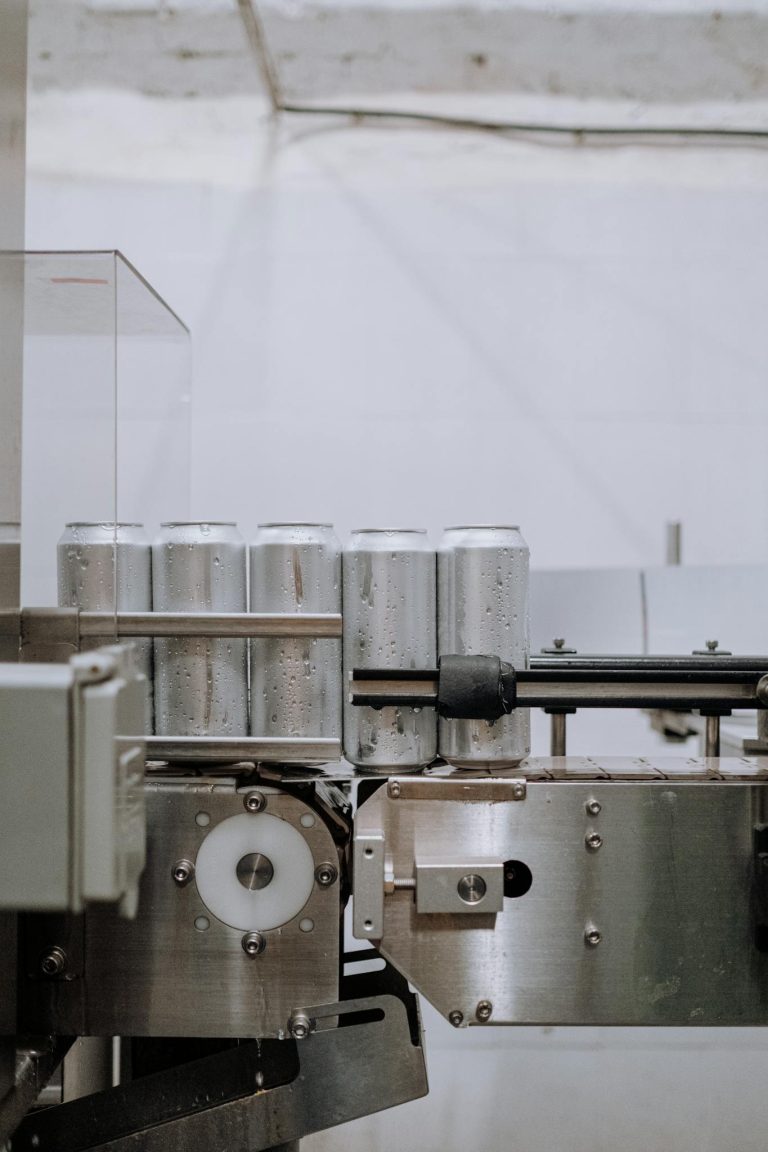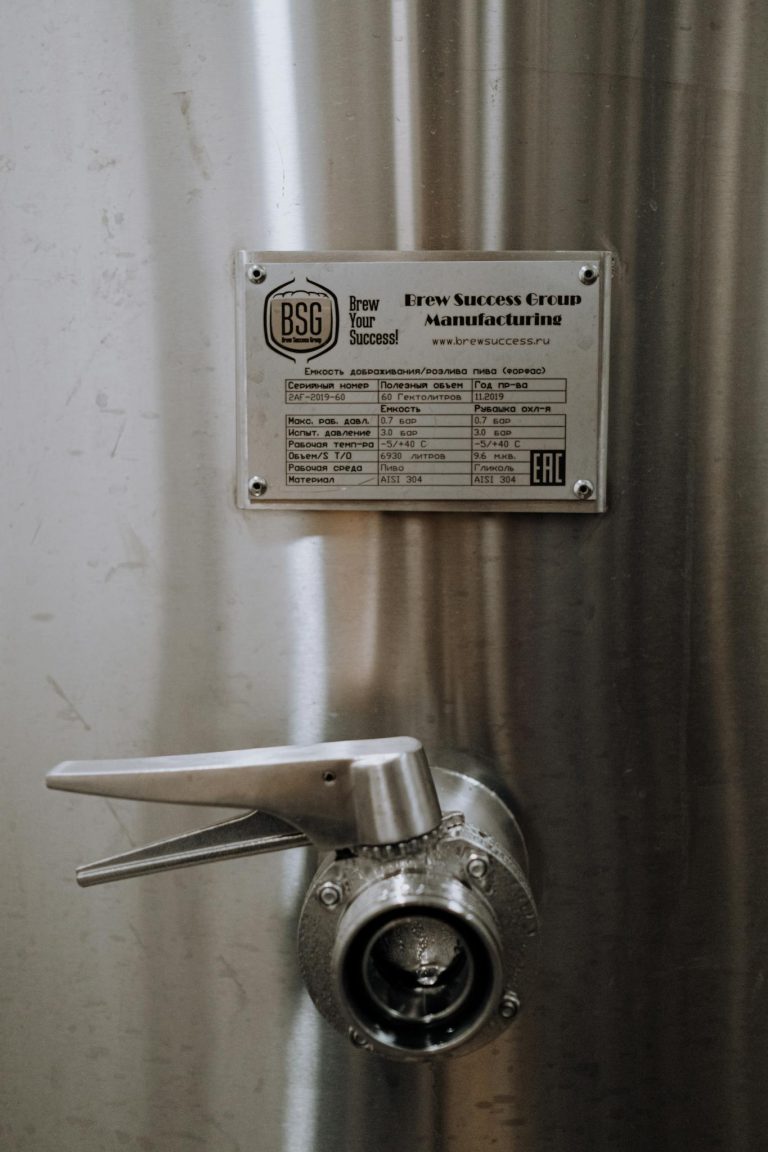Designing a 20ft container kitchen is an innovative solution for many aspiring entrepreneurs and food enthusiasts. With limited space and a unique form factor, creating a functional and efficient kitchen in a 20ft container requires a keen understanding of spatial design, culinary needs, and safety regulations. Drawing on years of experience in container conversions and kitchen design, this article offers expert insights into crafting a truly exceptional container kitchen.
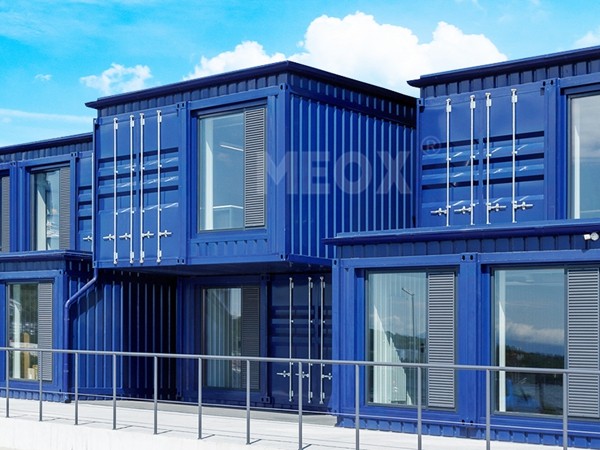
Firstly, understanding the spatial dynamics of a 20ft container is critical. These containers typically measure 20 feet in length, 8 feet in width, and 8.5 feet in height. This translates to a compact area where every inch counts. The goal is to maximize utility without sacrificing workflow efficiency or safety. Begin by planning a layout that supports a logical workflow—ideally, a linear or L-shaped arrangement. This facilitates movement and distinguishes between work zones prep, cooking, serving, and cleaning.
In terms of equipment, prioritize compact and multi-functional appliances. Induction cooktops, countertop convection ovens, and under-counter refrigerators are excellent choices, allowing you to maintain full functionality while conserving space. Incorporate shelving and wall-mounted racks to utilize vertical space for storage of utensils, pots, and pantry supplies. An appropriately selected commercial-grade ventilation system is non-negotiable for managing heat, grease, and odors, especially within such a confined area.
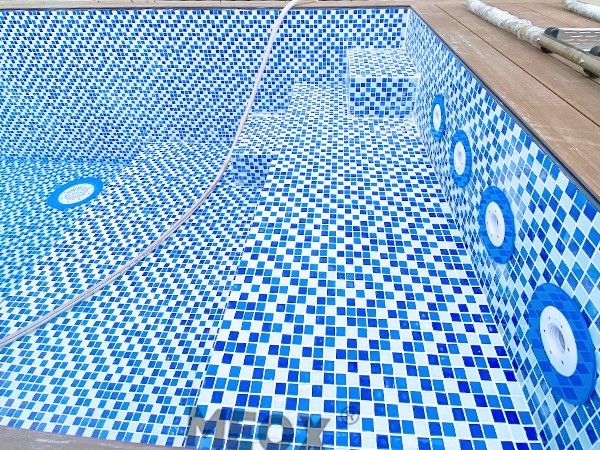
Through personal experience with various container projects, one must emphasize the importance of high-quality, durable materials. Stainless steel is a superb choice for counters and worktables due to its resistance to heat and easy maintenance. Additionally, consider vinyl or epoxy flooring as these materials withstand spills and high foot traffic while being slip-resistant—essential for safety.
Lighting can dramatically influence both esthetics and functionality in a container kitchen. LED strips under shelving or overhead fixtures can ensure adequate illumination while minimizing heat generation, which is crucial in a closed, metal structure. Natural light can also be introduced through strategically placed windows or skylights, helping to reduce energy consumption and create an inviting atmosphere.20ft container kitchen layout
Ensuring compliance with health and safety regulations cannot be overstated. In my extensive experience, this remains one of the most challenging yet crucial aspects of container kitchen design. It involves adherence to standards for food safety, fire safety, and sanitation. Competent planning includes installing a fire suppression system, ensuring there’s enough space between cooking appliances and non-heat-resistant surfaces, and integrating easy-to-clean surfaces.
In terms of expertise, an understanding of local zoning laws and regulations is pivotal in determining what modifications are permissible. It’s advantageous to work closely with a contractor familiar with these codes. Additionally, seasoned professionals would recommend scheduling regular inspections to maintain compliance and safety standards.
Cost-effectiveness is another vital consideration, especially for small business owners utilizing a container kitchen for a food truck or pop-up restaurant. In leveraging a minimalist approach, choose affordable yet high-quality equipment and materials that offer longevity. The initial investment might be higher, but a design focused on durability will reduce long-term maintenance costs and operational downtime.
Throughout my career, I’ve learned that the success of a 20ft container kitchen fundamentally lies in the balance between creativity and practicality. By infusing authentic experience and insight into every aspect—from layout to equipment selection, from material choice to compliance—a well-designed container kitchen not only meets the rigorous demands of daily cooking but also ensures a delightful culinary experience for both staff and customers alike.
For those considering venturing into this innovative concept, a comprehensive, expertly guided approach is vital. Consult professionals who have mastered the art of container conversions, as their experience and authority can drastically enhance the outcome, giving you a competitive edge in the burgeoning market of mobile and container-based culinary enterprises. By trusted collaboration, one can confidently craft a space that is efficient, compliant, and profitable—truly reflecting the principles of Experience, Expertise, Authoritativeness, and Trustworthiness.

